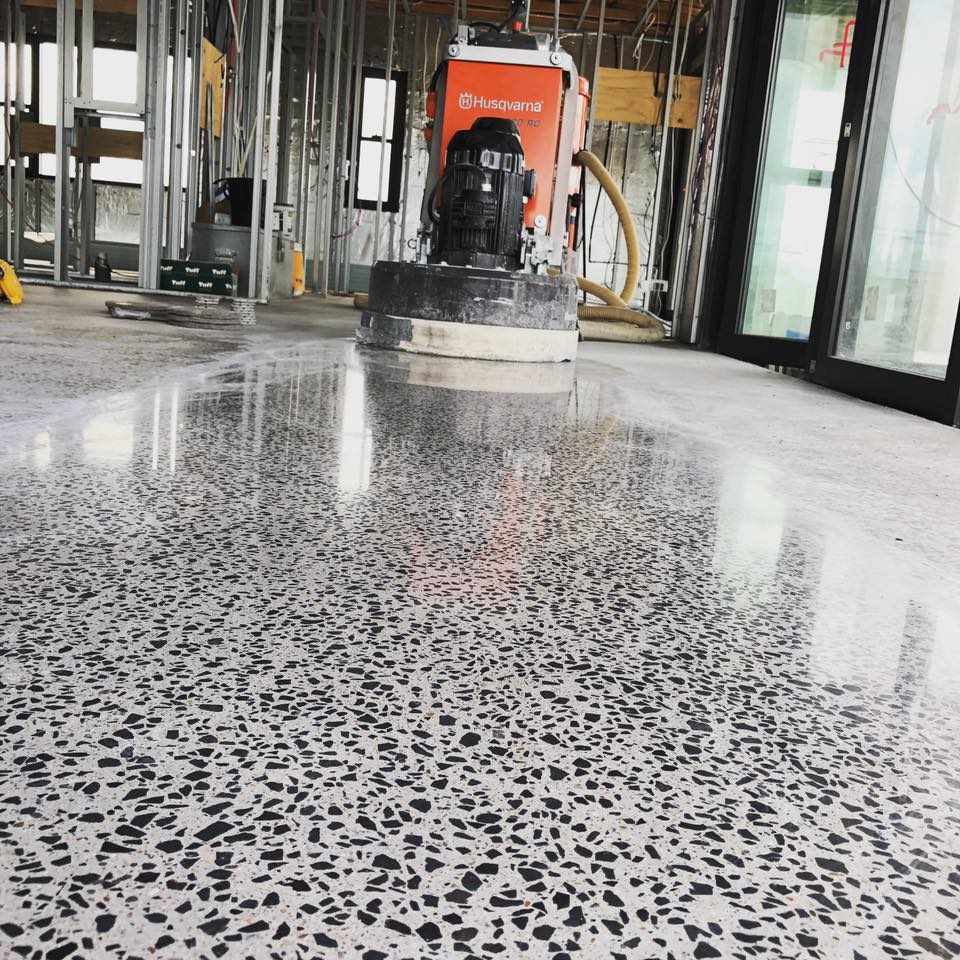How To Fix Peeling Epoxy Floors
Epoxy floors have become increasingly popular for garages, warehouses, and other industrial spaces due to their durability, ease of maintenance, and high-gloss finish. In areas where machinery and other large tools are being used, a durable epoxy surface makes a great choice for a flooring surface.
However, even the most resilient epoxy floors can succumb to peeling and chipping, an unsightly issue that can detract from the overall aesthetic of the space. If you find yourself facing this problem, there are several steps you can take to restore your epoxy floors to their former glory, all explained in this article.
Why is my epoxy peeling?
It is important to note that epoxy floors generally don't peel if they are installed correctly by professionals. This is why hiring qualified floor specialists is crucial for ensuring the longevity and integrity of your epoxy floor. Professionals possess the expertise and knowledge to prepare the surface properly, apply the epoxy coating seamlessly, and adhere to best practices to prevent future peeling issues.
While improper installation is a common cause of peeling, there are other factors that can contribute to this problem:
- Improper surface preparation: The surface of the floor must be clean, dry, and free of any contaminants before the epoxy is applied. If the surface is not properly prepared, the epoxy will not adhere properly and will eventually peel.
- Moisture: Moisture can cause epoxy to lift and peel. This is especially common in basements and garages prone to moisture problems.
- Chemical exposure: Epoxy is susceptible to damage from certain chemicals, such as solvents and gasoline. If the floor is exposed to these chemicals, it may start to peel.
- Excessive wear and tear: Epoxy floors can withstand a lot of wear and tear, but they can still be damaged by heavy traffic or equipment.
By understanding the underlying causes of peeling, you can take preventive measures to safeguard your epoxy floors and extend their lifespan.
What should you not put on an epoxy floor?
When it comes to maintaining the immaculate appearance of your epoxy floors, it's crucial to exercise caution in your cleaning methods. Avoid using harsh chemicals like citrus cleaners or vinegar, as these acidic substances can erode the glossy finish of your epoxy floor coating, leaving behind a dull and unappealing surface.
Similarly, steer clear of soap-based cleaners, as they tend to leave behind streaks or a residue that can mar the smooth surface of your epoxy coating. Over time, using soap-based cleaners can gradually dull the shine of your epoxy floors, making them more prone to slipperiness when wet.
Instead of relying on these potentially damaging cleaners, opt for neutral pH cleaners specifically designed for epoxy floors. These gentle yet effective solutions will effectively remove dirt and grime without compromising the integrity or appearance of your epoxy coating.
How do you fix peeling epoxy floors?
Minor peeling
Spot repair can be an effective and less time-consuming option for minor peeling. Follow these steps to effectively repair the affected areas:
- Sanding: Carefully sand down the peeling area using medium-grit sandpaper. This will create a smooth surface for the new epoxy to adhere to.
- Cleaning: Thoroughly clean the sanded area with a solvent to remove any dust or debris.
- Priming: Apply a high-quality epoxy primer to the sanded area, ensuring even coverage. Allow the primer to dry completely according to the manufacturer's instructions.
- Epoxy Application: Using a roller or paintbrush, apply a thin, even coat of epoxy over the primed area. Allow the epoxy to dry completely before resuming normal floor usage.
Complete Removal and Reapplication
When peeling is widespread, a complete removal and reapplication of the epoxy coating is essential. This process is more labor-intensive but ensures a more durable and long-lasting solution.
- Removal of Old Epoxy: Utilise a chemical stripper or mechanical grinder to remove the old epoxy coating. Be cautious and follow safety guidelines when handling chemical strippers.
- Surface Preparation: Once the old epoxy is removed, thoroughly clean and prepare the floor surface. This may involve sanding, patching cracks, and ensuring the surface is completely dry and free of contaminants.
- Priming: Apply a high-quality epoxy primer to the entire floor surface, ensuring even coverage. Allow the primer to dry completely according to the manufacturer's instructions.
- Epoxy Application: Apply a thin, even coat of epoxy to the primed surface using a roller or paintbrush. Apply two coats for optimal durability, allowing each coat to dry completely before applying the next.
In addition to fixing the peeling, you should also take steps to prevent the problem from happening again. This includes making sure that the floor's surface is properly prepared before the epoxy is applied, avoiding exposure to moisture and chemicals, and protecting the floor from heavy wear and tear.
Contact Signature Substrates today!
Epoxy Solutions is one of the best flooring options for a variety of residential and commercial environments, offering both aesthetics and durability. If you need help with the successful installation of your epoxy flake floor, experts from Signature Substrates are ready to help.
We offer a wide variety of services like concrete polishing, repair, and industrial concrete coating across South East Queensland including Brisbane, Gold Coast, Sunshine Coast, and Toowoomba. We also offer other concrete services such as concrete sealing, concrete floor repairs, and floor stripping.
Call Signature Substrates on 0423 080 270 to get a free quote to install your new epoxy flake floor today!

